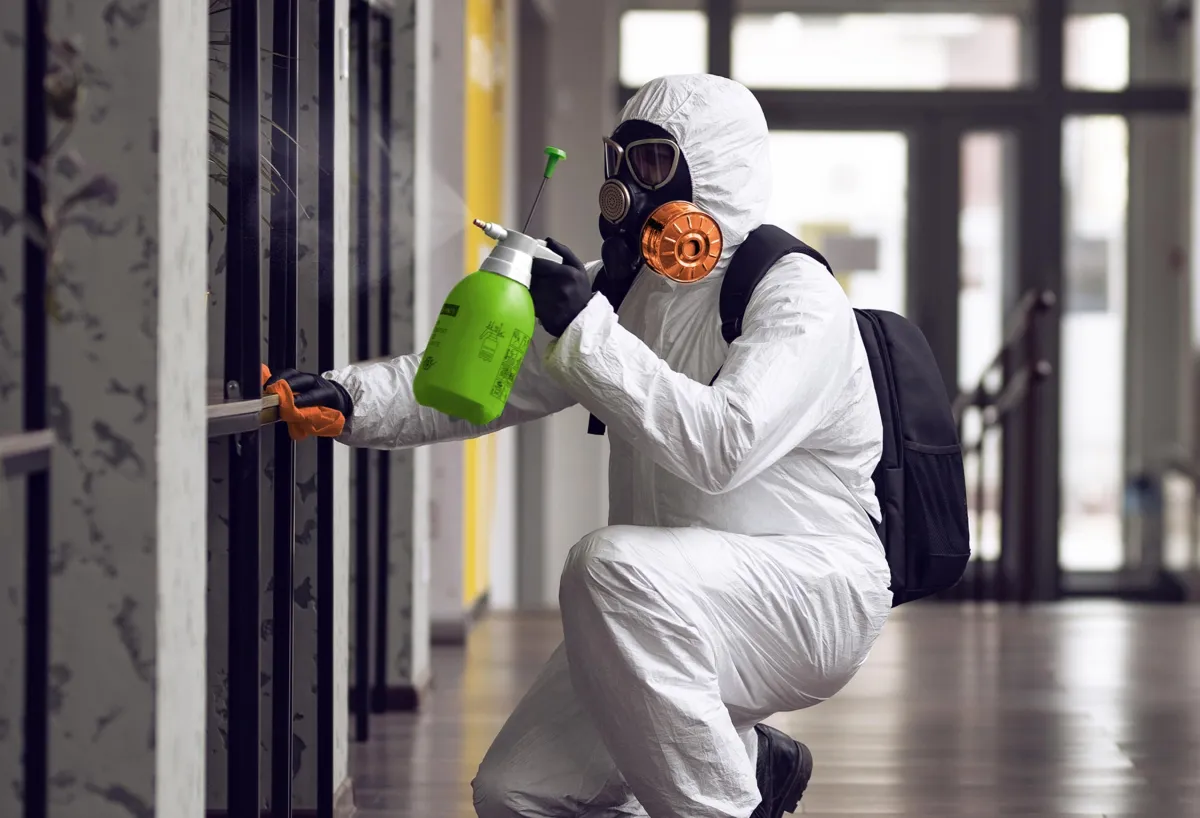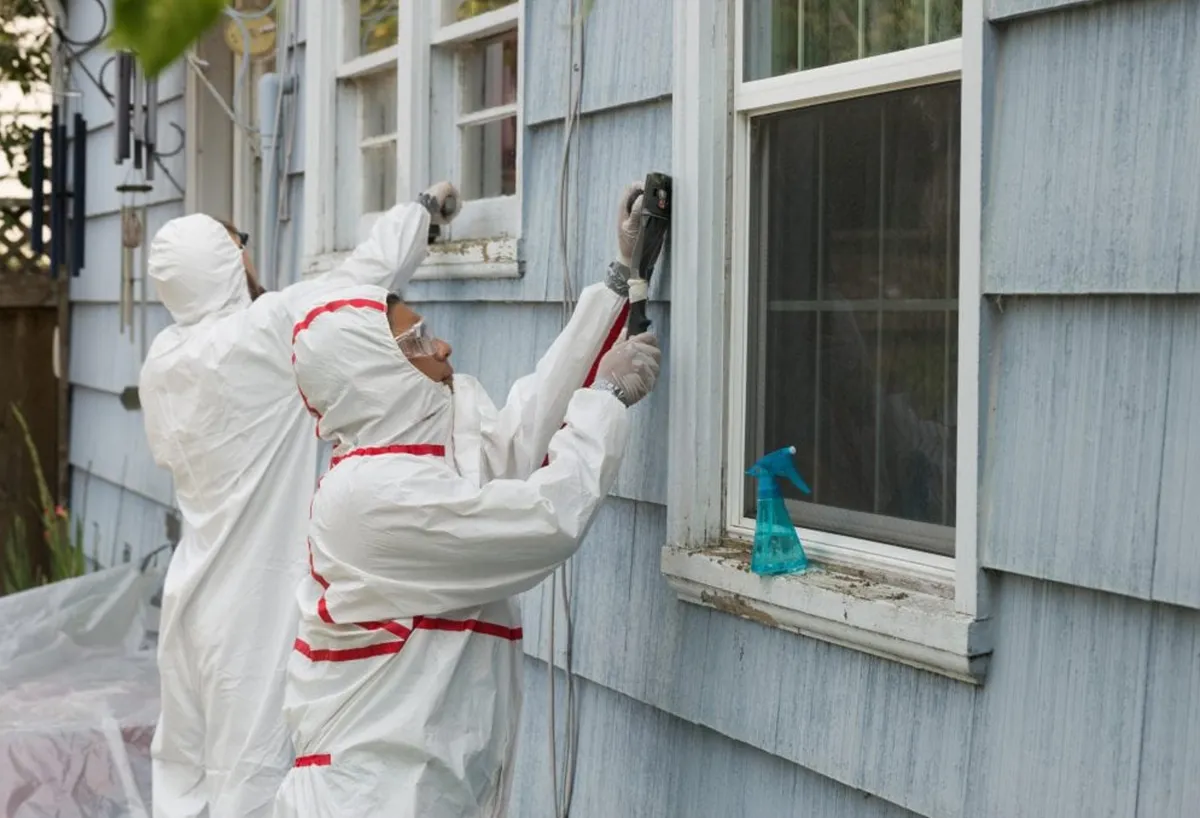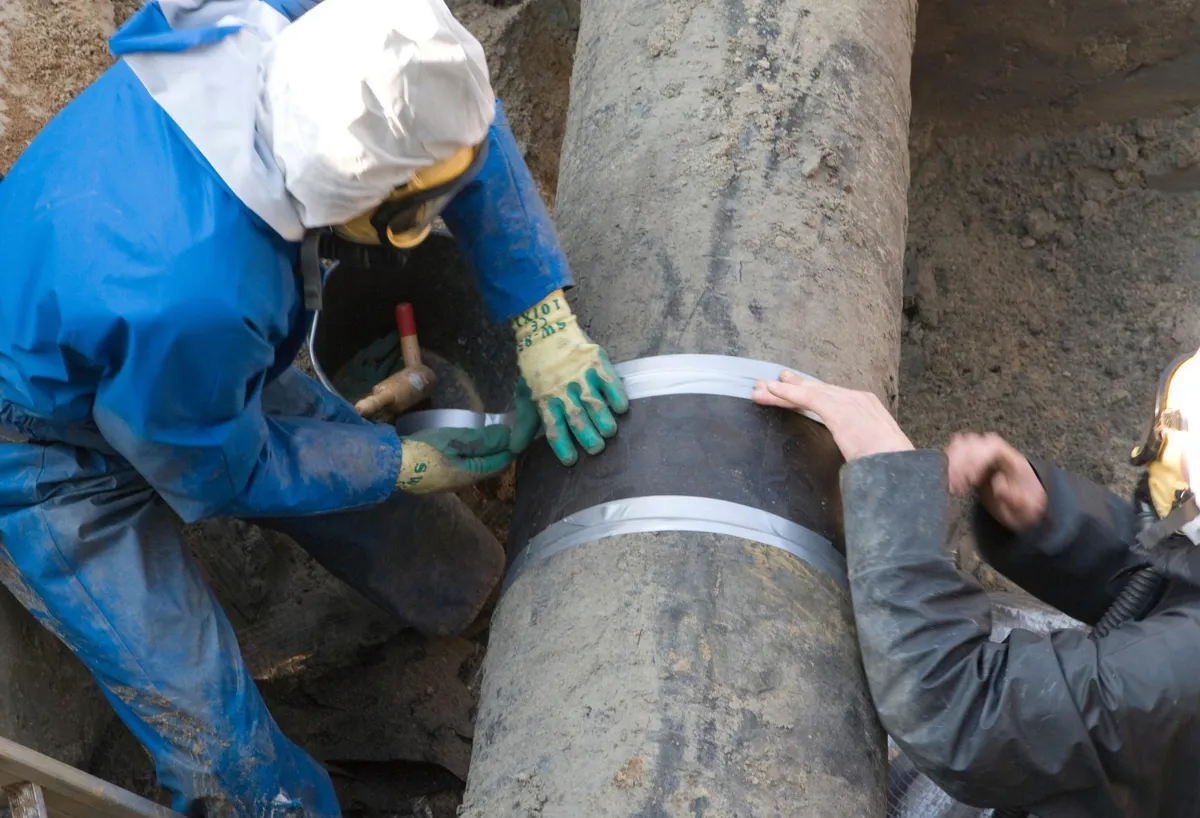STAY CONNECTED
EXPERT IN SERVICES
For Every Environmental Challenge
We specialize in identifying, managing, and resolving hazardous environmental concerns in homes, buildings, and commercial spaces. From asbestos and lead paint to mold and indoor air quality issues, our certified team provides comprehensive inspections, testing, and remediation services to ensure your environment is safe, healthy, and fully compliant with regulations.

EXPERT IN SERVICES
For Every Environmental Challenge
We specialize in identifying, managing, and resolving hazardous environmental concerns in homes, buildings, and commercial spaces. From asbestos and lead paint to mold and indoor air quality issues, our certified team provides comprehensive inspections, testing, and remediation services to ensure your environment is safe, healthy, and fully compliant with regulations.

EXPERT IN SERVICES
For Every Environmental Challenge
We specialize in identifying, managing, and resolving hazardous environmental concerns in homes, buildings, and commercial spaces. From asbestos and lead paint to mold and indoor air quality issues, our certified team provides comprehensive inspections, testing, and remediation services to ensure your environment is safe, healthy, and fully compliant with regulations.
MEETING ENVIRONMENTAL SAFETY STANDARDS
Industry Experience
Removed
Safety Standards
Clients
Worked Annually
WE ARE SULLY CONSTRUCTION
WHAT MAKES US DIFFERENT?
We specialize in identifying, managing, and resolving hazardous environmental concerns in homes, buildings, and commercial spaces. From asbestos and lead paint to mold and indoor air
quality issues, our certified team provides comprehensive inspections, testing, and remediation services to ensure your environment is safe, healthy, and fully compliant with regulations.
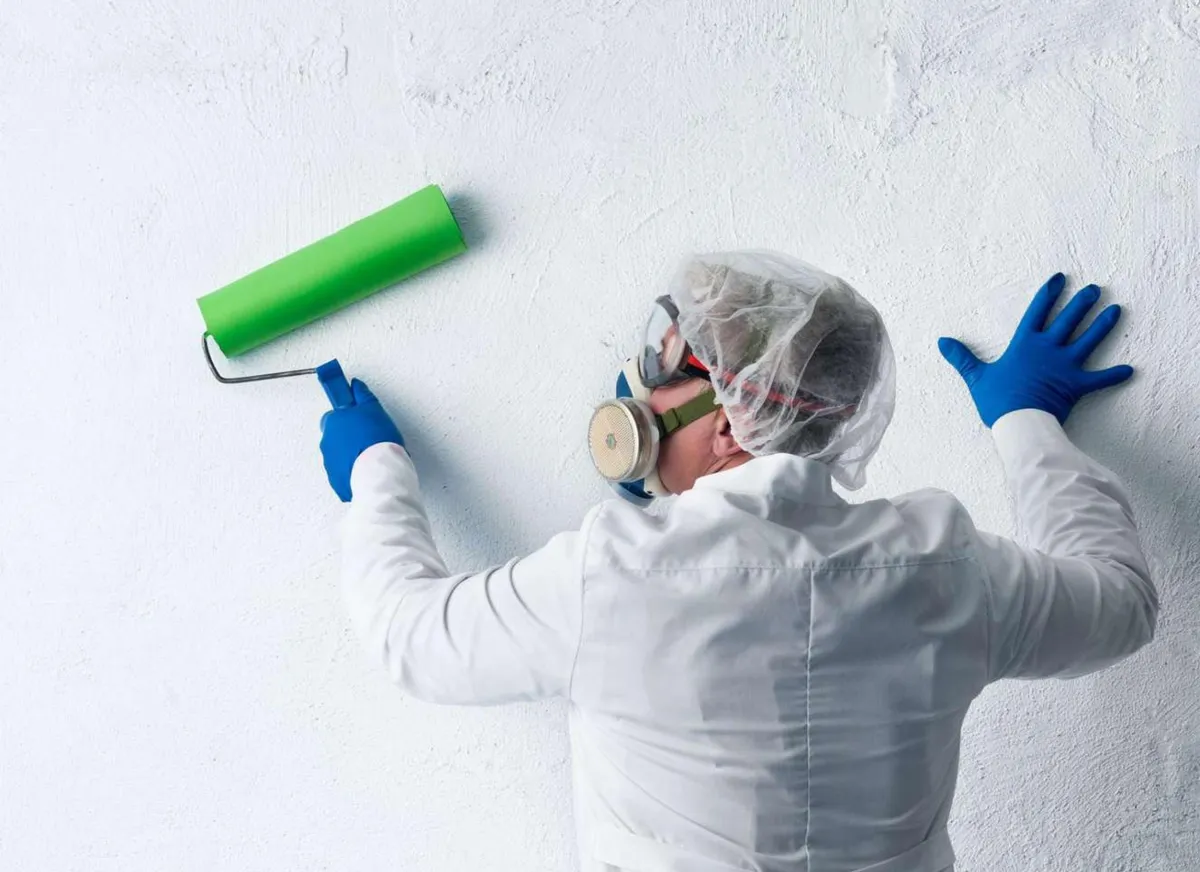
WE ARE
SULLY CONSTRUCTION
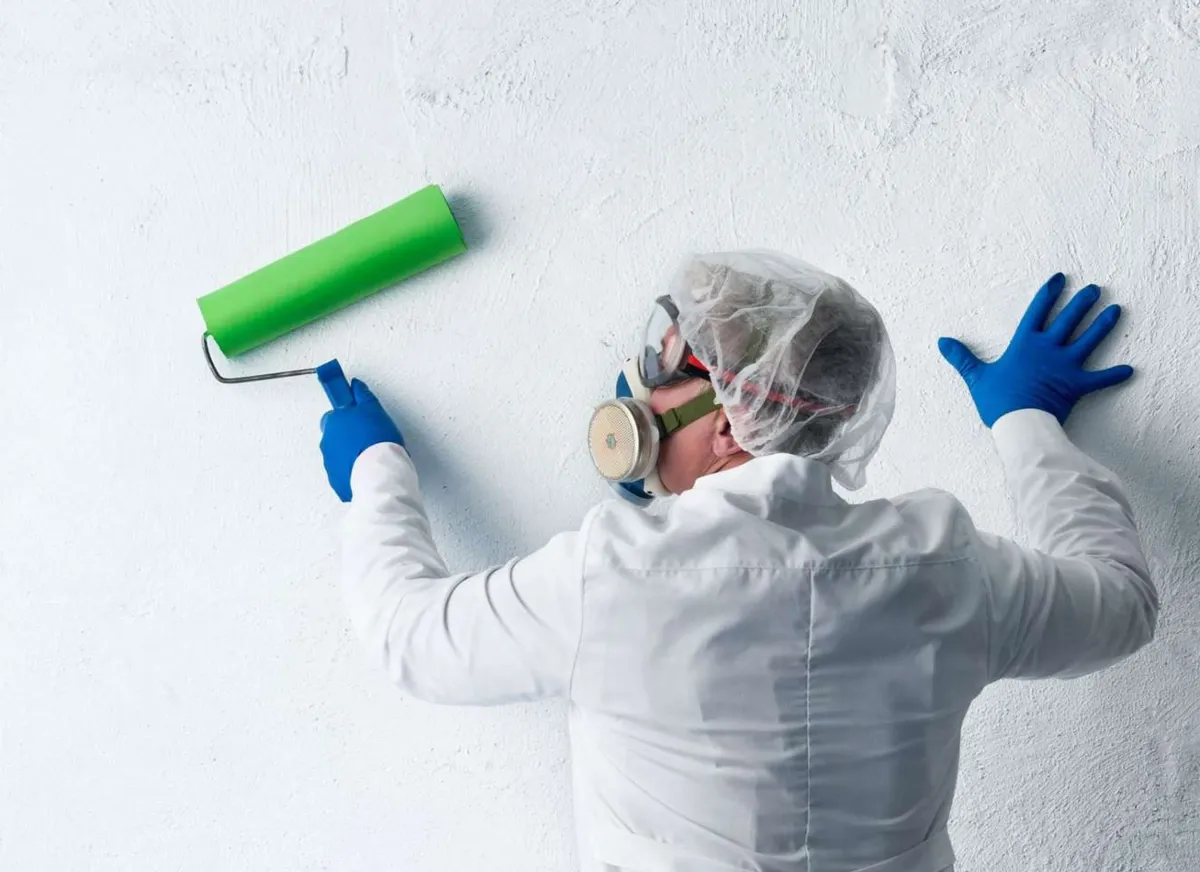
WHAT MAKES US DIFFERENT?
We specialize in identifying, managing, and resolving hazardous environmental concerns in homes, buildings, and commercial spaces. From asbestos and lead paint to mold and indoor air
quality issues, our certified team provides comprehensive inspections, testing, and remediation services to ensure your environment is safe, healthy, and fully compliant with regulations.
OUR SERVICES
EXPERT SERVICES THAT MAKE A DIFFERENCE
With a focus on quality, efficiency, and customer satisfaction, we ensure your project is completed on time and within budget. Let’s bring your vision to life
—trust us to make it happen!
MOLD
Mold Remediation and Prevention: Ensuring Healthy Environments
LEAD PAINT
Lead Paint Removal and Abatement: Safeguarding Your Property
ASBESTOS
Asbestos Removal and Abatement: Protecting Health and Safety
ENVIRONMENTAL TESTING
Environmental Testing: Identifying Hidden Hazards
SMOKE RESTORATION
Smoke & Fire Restoration services help homeowners and businesses recover after a fire.
VIOLATION REMOVAL
Violation Removal and Compliance: Keeping Your Project on Track
OUR WORK
Take a Look at What
Built Our Reputation

Asbestos Abatement of Joint Compound in Public Hallways
This project involves the safe removal and disposal of asbestos-containing joint compound from the public hallways of the building...

Stair case Lead Paint Remediation
This remediation effort addresses lead-based paint hazards found on the staircase surfaces...

Stair case & public hall Lead Paint Remediation
This project encompasses the removal and stabilization of lead-based paint in both the staircase and adjacent public hall areas...

Apartment Turnover Work
We handle all aspects of apartment turnover, from repairs to deep cleaning, to make units rent-ready quickly...

Public Hall Lead Paint Remediation
Our lead paint remediation services for public hallways prioritize health and compliance...

Asbestos Abatement (Hallways)
Sully Construction specializes in the safe removal of asbestos-containing joint compound...

Staircase Lead Paint Remediation
We provide expert lead paint remediation for staircases, ensuring safe, code-compliant environments...

Containment / Prep for Asbestos
Proper containment is critical before any asbestos work begins. Sully Construction ensures full compliance...

WHY CHOOSE US
THE SMART CHOICE
FOR SAFER SPACES
Choosing the right construction partner is critical to the success of your project. Here’s why Sully Construction is the trusted choice for clients worldwide:
Proven Track Record: We have a long history of successfully delivering high-quality projects on time and within budget.
Expert Team: Our team of experienced professionals brings extensive knowledge and expertise to every project.
Client-Centered Approach: We put your needs at the forefront, delivering customized solutions and ensuring your vision is realized.
Commitment to Quality: From start to finish, we ensure every detail is meticulously planned and executed to the highest standards.
Sustainable Practices: We embrace environmentally conscious building practices that benefit both the planet and our clients.
CALL NOW FOR A FREE ENVIRONMENTAL CONSULTATION!
WHY CHOOSE US
THE SMART CHOICE
FOR SAFER SPACES
Choosing the right construction partner is critical to the success of your project. Here’s why Sully Construction is the trusted choice for clients worldwide:
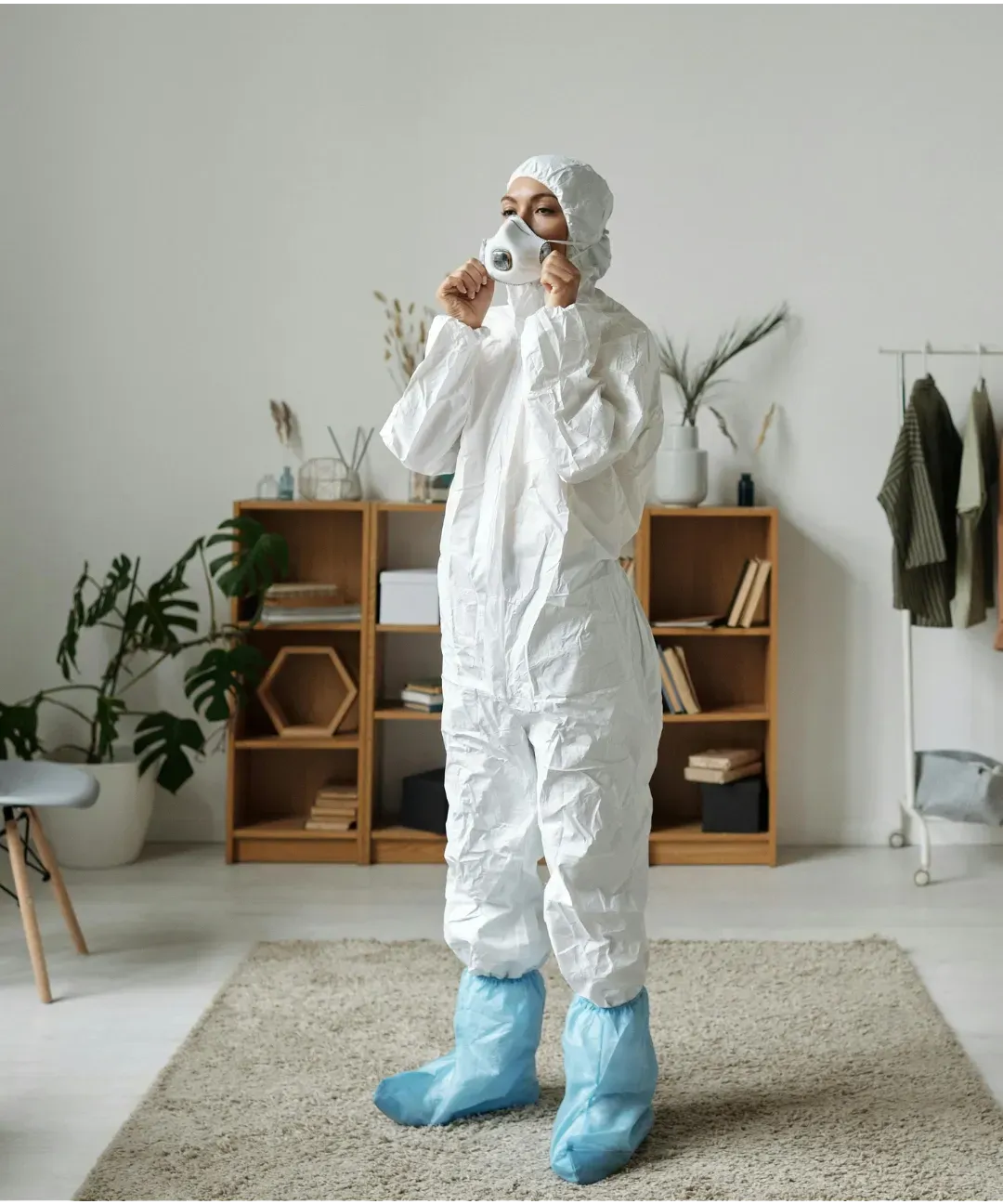
Proven Track Record: We have a long history of successfully delivering high-quality projects on time and within budget.
Expert Team: Our team of experienced professionals brings extensive knowledge and expertise to every project.
Client-Centered Approach: We put your needs at the forefront, delivering customized solutions and ensuring your vision is realized.
Commitment to Quality: From start to finish, we ensure every detail is meticulously planned and executed to the highest standards.
Sustainable Practices: We embrace environmentally conscious building practices that benefit both the planet and our clients.
CALL NOW FOR A FREE ENVIRONMENTAL CONSULTATION!
TESTIMONIALS
TRUSTED BY OUR CLIENTS
THIS IS WHO WE ARE
CREDENTIALS THAT
BUILD CONFIDENCE








SULLY CONSTRUCTION



Monday to Saturday 7 AM to 5 PM

WANT TO WORK WITH US?
Got a question or ready to get started? Contact us today, and let us show you how our expert services can help you achieve your goals!

